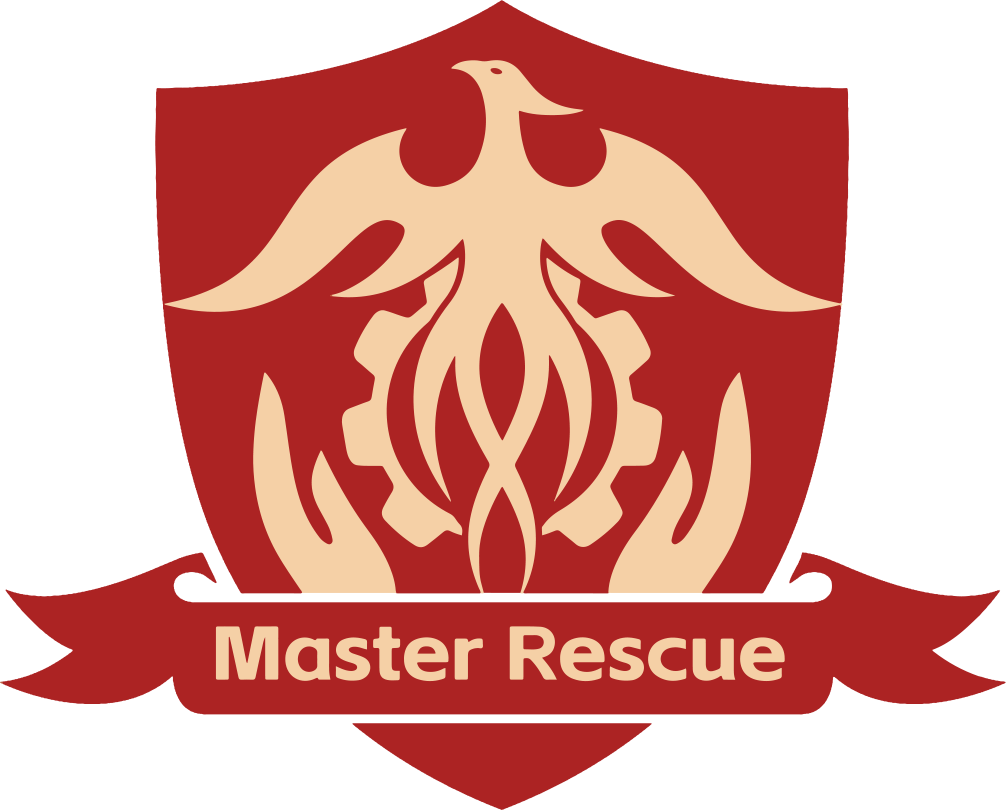Proper storage and transport of your first aid kit ensure it remains accessible, organized, and effective when needed. Here’s how to keep your kit ready for any situation:
1. Choosing the Right Storage Location
Home
- Location: Store your first aid kit in a central, easily accessible spot, such as a kitchen cabinet or bathroom closet.
- Visibility: Label the kit clearly and inform all household members about its location.
- Avoid Extreme Conditions: Keep the kit away from excessive heat, humidity, or direct sunlight to preserve the integrity of supplies.
Vehicle
- Placement: Store the kit in the glove compartment, trunk, or under a seat. Ensure it is secured to avoid shifting during travel.
- Weather Resistance: Opt for a waterproof and temperature-resistant case to protect the contents.
Outdoor Activities
- Compact Design: Use a lightweight and portable kit designed for hiking, camping, or other activities.
- Waterproof Bag: Store your kit in a durable, waterproof pouch to withstand rugged conditions.
Workplace
- Compliance: Ensure the kit meets workplace safety regulations, such as OSHA standards.
- Strategic Location: Place the kit in a high-traffic, easily identifiable area for quick access during emergencies.
2. Organizing Your Kit
- Categorize Items: Group similar supplies, such as wound care, medications, and tools, into separate compartments for easy identification.
- Label Contents: Use clear labels or color-coded sections to make items easy to locate during high-stress situations.
- Accessibility: Arrange frequently used items, such as bandages and antiseptic wipes, at the top or in an outer pocket.
3. Portable First Aid Kits
For individuals on the go, compact and portable first aid kits are essential. Consider the following options:
Everyday Carry Kits
- Small kits designed to fit in purses, backpacks, or briefcases.
- Include essentials like adhesive bandages, antiseptic wipes, and pain relievers.
Travel Kits
- TSA-compliant kits for air travel, including items like motion sickness tablets, compact scissors, and travel-size medications.
Specialized Kits
- Activity-specific kits tailored for sports, hiking, or boating, equipped with items like hydration packs, thermal blankets, and splints.
4. Restocking Your Kit
Regular Inspections
- Schedule biannual checks to ensure all items are in good condition and within expiration dates.
Replenish Supplies
- Replace used or expired items immediately to maintain readiness.
Upgrade When Needed
- Update your kit as your needs change. For example, add child-specific supplies for a growing family or specialized tools for new outdoor hobbies.
Advanced First Aid Kits for Specialized Needs
As your medical preparedness evolves, consider advanced kits designed for specific scenarios:
1. Trauma Kits
- Includes tourniquets, chest seals, hemostatic dressings, and tactical splints.
- Designed for severe injuries, such as those involving heavy bleeding or chest trauma.
2. Pet First Aid Kits
- Equipped with pet-specific items like styptic powder, paw bandages, and tick removers.
- Essential for households or outdoor enthusiasts with pets.
3. Professional Medical Kits
- Larger kits with advanced tools like suture kits, diagnostic tools, and IV supplies.
- Suitable for healthcare professionals, remote workers, or disaster response teams.
4. Disaster Preparedness Kits
- Comprehensive kits designed to handle multiple injuries in large-scale emergencies.
- Includes additional resources like water purification tablets, multi-tools, and emergency food rations.
Real-Life Applications of First Aid Kits
1. At Home
- Treating kitchen burns with burn cream and gauze pads.
- Managing minor cuts from gardening with antiseptic wipes and adhesive bandages.
2. On the Road
- Addressing minor car accident injuries with ice packs and splints.
- Managing allergic reactions with antihistamines and an epinephrine injector.
3. Outdoor Adventures
- Stabilizing a sprained ankle with a PBT bandage and cold pack while hiking.
- Managing blisters with moleskin and antibiotic ointment during extended treks.
4. Workplace Scenarios
- Responding to a coworker’s fall with a triangular bandage for arm support.
- Cleaning and dressing a small cut sustained on-site with antiseptic wipes and gauze.
Training to Maximize First Aid Kit Effectiveness
- First Aid Certification
- Take a certified first aid course to learn proper techniques for using your kit effectively.
- Topics include CPR, wound dressing, and handling medical emergencies like choking or shock.
- Online Tutorials
- Watch instructional videos to familiarize yourself with tools like splints, tourniquets, and CPR masks.
- Emergency Drills
- Practice scenarios with family, coworkers, or team members to build confidence and speed during real emergencies.
Frequently Asked Questions
Q1: How often should I replace items in my first aid kit?
Inspect your kit every 6 months to replace expired medications, worn-out tools, or depleted supplies.
Q2: Can I customize my first aid kit?
Yes! Tailor your kit to your needs, such as adding specific medications, child-friendly supplies, or gear for outdoor activities.
Q3: How many first aid kits do I need?
Consider having at least one for home, one for your vehicle, and one portable kit for work or travel.
Q4: Are first aid kits expensive?
Basic kits are affordable, starting at around $20. Advanced or specialty kits may cost more, but their comprehensive contents often justify the investment.
Conclusion
A well-stocked and properly maintained first aid kit is a cornerstone of preparedness. From handling everyday injuries to responding to severe emergencies, it equips you with the tools and confidence to act effectively. By customizing your kit to fit your lifestyle, maintaining its contents, and gaining the necessary skills, you can ensure you’re ready for any situation.
Invest in a first aid kit today and empower yourself to protect the health and safety of your loved ones and those around you. Preparedness is the ultimate act of care.
